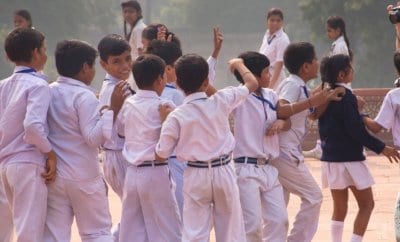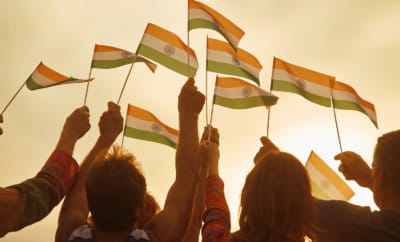Business
19 Crore Adults Without Bank Account in India, Says World Bank

Representational Image
Photo: Bigstock
India follows China that has the largest unbanked population in the world, according to the World Bank report.
Despite the Indian government’s Jan Dhan Yojana successfully bringing 31 crore Indians into formal banking system as of March 2018, India has 19 crore adults without a bank account, a report from World Bank revealed on April 19. This figure makes India the second largest unbanked population in the world after China.
The World bank report— Global Findex Database–lauded the Jan Dhan Yojana launched by Modi government in 2014, noting that the country’s adult population with a bank account has doubled to 80 per cent since 2011.
The report released by the World Bank on the sidelines of the annual Spring meeting of the International Monetary Fund and the World Bank stated that 11 per cent of the world’s unbanked adults are in India. As many as 69 per cent of adults globally, or 3.8 billion people, now have an account at a bank or mobile money provider.
This number rose to 62 per cent in 2014 from 51 per cent in 2011. As per the Global Findex database, 515 million adults obtained an account in the period between 2014 to 2017 and 1.2 billion have done so since 2011. According to the bank, both China and India have relatively high account ownership, they also have large shares of global unbanked population because of their population.
“With 225 million adults without a bank account, China leads the way in world’s unbanked population with India close second at 190 million, Pakistan at 100 million and Indonesia at 95 million,” the report stated.
The report observed that while Modi government’s scheme increased account ownership through biometric identification cards that benefited traditionally excluded groups, half of the account owners have accounts that were inactive last year. The report explained that many of them have not yet had the opportunity to use their new account.
“In the past few years, we have seen great strides around the world in connecting people to formal financial services,” World Bank Group President Jim Yong Kim said, PTI reported. “Financial inclusion allows people to save for family needs, borrow to support a business, or build a cushion against an emergency. Having access to financial services is a critical step towards reducing both poverty and inequality, and new data on mobile phone ownership and internet access show unprecedented opportunities to use technology to achieve universal financial inclusion,” he added.
The World Bank report added that the strong government push to increase account ownership through biometric identification cards in India helped narrow both the gender gap and the gap between richer and poorer adults.
Three years ago in India, men were 20 percentage points more likely than women to have an account in the country, said the report. “Today, India’s gender gap has shrunk to 6 percentage points thanks to a strong government push to increase account ownership through biometric identification cards,” the report pointed out.



